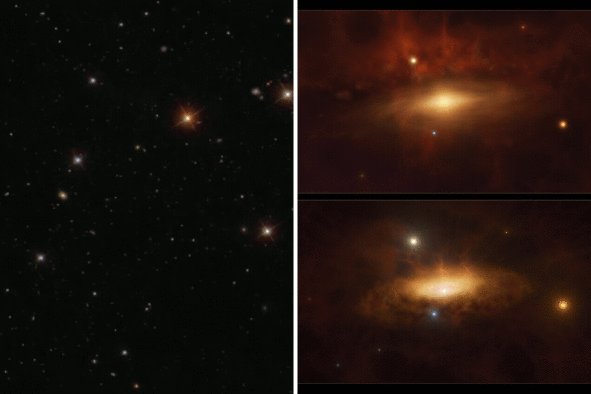Scientists have made a breakthrough in our understanding of how autism develops in the womb. The findings offer new insights into why some children develop more severe symptoms than others and could lead to the development of future treatments for managing symptoms.
Autism spectrum disorders are a diverse group of conditions characterized by some degree of difficulty with social interaction and communication, affecting roughly one in 100 children worldwide, according to data from the World Health Organization.
Read more: What Is a Health Savings Account?
The spectrum of autism disorders varies widely, from mild symptoms that improve over time to lifelong difficulties with social, language and cognitive skills. But the exact mechanisms behind this disparity have been a long-standing mystery, until now.
In a new study, published in the journal Molecular Autism, scientists from the University of California San Diego used lab-grown mini brains to identify differences in brain development during the first few weeks of pregnancy between children with autism and neurotypical controls.
To create these mini brains, scientifically known as brain cortical organoids, the researchers collected stem cells from the blood samples of 10 toddlers with autism and six neurotypical children of the same age. The stem cells were then reprogrammed to grow into cells of the brain's cortex, allowing the researchers to create brain-like structures to model the first few weeks of embryonic development.
Read more: Compare the Top Health Savings Account (HSA) Providers
Although some have raised concerns about the ethics of using brain organoids, the risk of these mini brains becoming sentient is said to be tiny.
After a few weeks, clear differences began to emerge in the mini brains grown from the stem cells of children with autism compared with the neurotypical controls.
"We found the larger the embryonic brain cortical organoid size, the more severe the child's later autism social symptoms," Eric Courchesne, the study's lead researcher and Co-Director of the Autism Center of Excellence in the neuroscience department at UC San Diego, said in a statement.
"Toddlers who had profound autism, which is the most severe type of autism, had the largest brain cortical organoid overgrowth during embryonic development," he said. "Those with mild autism social symptoms had only mild overgrowth."
On average, the mini brains grown from children with autism were roughly 40 percent larger than those of the neurotypical children, suggesting that this unusually large brain growth during the first trimester of pregnancy may act as one of the earliest signs of autism in a developing embryo.
"The bigger the brain, the better isn't necessarily true," Alysson Muotri, one of the study's co-authors and director of the Sanford Stem Cell Institute's Integrated Space Stem Cell Orbital Research Center at UC San Diego, said in a statement.
One potential cause for this dramatic brain overgrowth is expression of a protein called NDEL1, which is known to regulate brain growth during embryonic development. In their study, the team found that this protein was present at lower levels in the brain organoids of children with autism, and the lower the levels of NDEL1 the larger the mini brains grew.
"Determining that NDEL1 was not functioning properly was a key discovery," Muotri said.
The team hope to pinpoint additional molecular mechanisms that underlie this abnormal brain growth during early development, which may one day lead to new therapies for effective management of the symptoms of autism spectrum disorders.
"The differences in the embryonic origins of these two subtypes of autism urgently need to be understood," Courchesne said. "That understanding can only come from studies like ours, which reveals the underlying neurobiological causes of their social challenges and when they begin."
Do you have a tip on a health story that Newsweek should be covering? Do you have a question about autism? Let us know via science@newsweek.com.
Disclaimer: The copyright of this article belongs to the original author. Reposting this article is solely for the purpose of information dissemination and does not constitute any investment advice. If there is any infringement, please contact us immediately. We will make corrections or deletions as necessary. Thank you.



